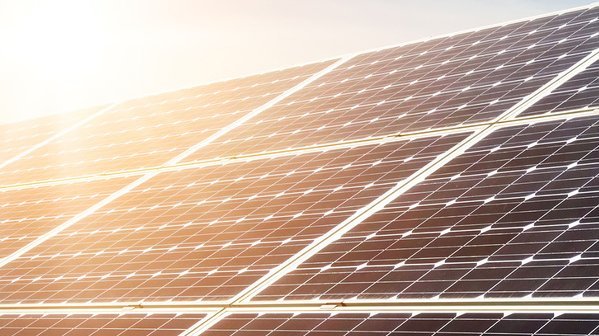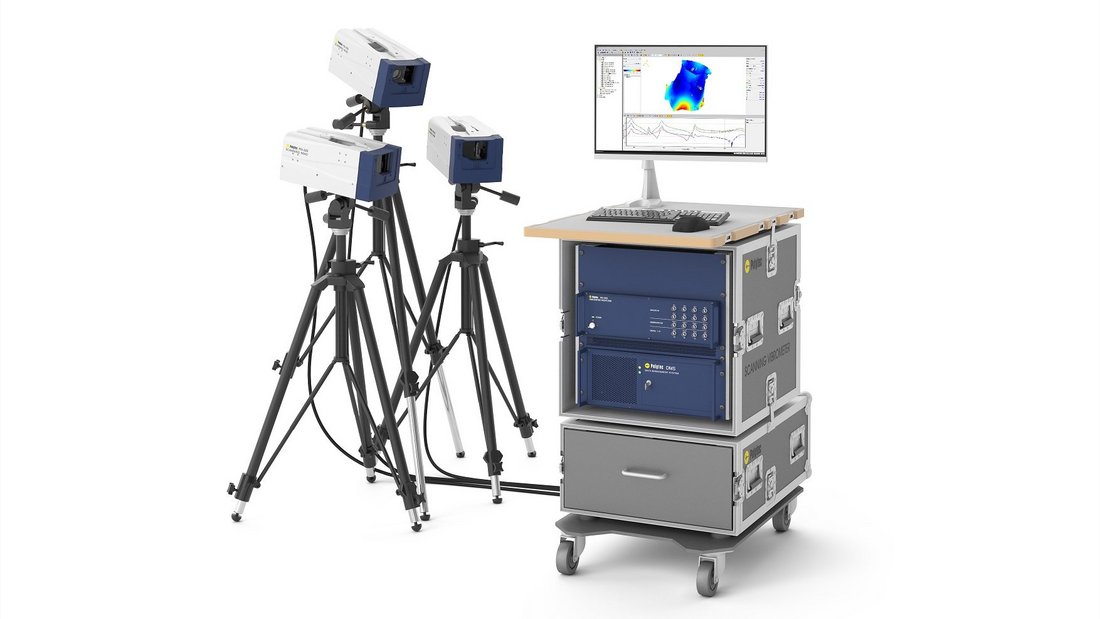Characterizing dynamics on solar modules
Throughout their service life, solar cells are exposed to an extremely wide range of weather conditions that not only cause thermal stresses, but varying dynamic stresses too. This is precisely why developers have a major goal: namely, to deliver the greatest possible level of stability and the longest possible operating time by means of design optimization. Material modeling and simulations help you to illustrate stress scenarios and processes for a photovoltaic module’s materials and components in a model – and, based on this, to develop and improve them in an appropriate way. You can predict both the service life and the mechanical properties for a newly developed material with a very high level of accuracy by combining various simulation methods with experimental investigations.

Measuring dynamic properties of solar modules
To get the material and structural parameters needed to do exactly that – take stiffness or damping, for example – all you have to do is measure the solar module’s dynamic properties. Scanning vibrometry, which allows you to easily determine resonance frequencies and deflection shapes, is ideally suited for this precise purpose. See the following comparison between calculated modes and measured ODS of a solar module.






